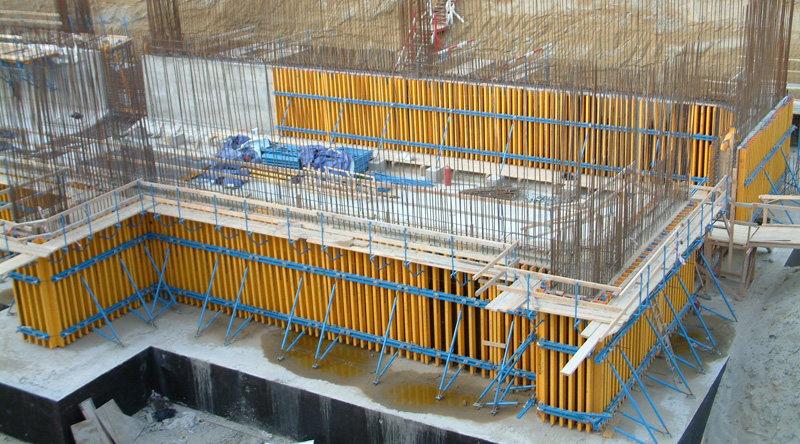जुलै . 29, 2024 23:34 Back to list
Guidelines for Selecting Shoring Properties in Slab Formwork Manufacturing Applications
Shoring Properties for Slab Formwork A Comprehensive Overview
When it comes to construction projects, particularly those involving concrete slabs, a critical aspect that demands attention is the shoring system used in conjunction with formwork. Shoring refers to the supports and temporary structures erected to hold up formwork and concrete until it has cured and can support itself. Understanding the properties and specifications of shoring for slab formwork is essential for ensuring safety, efficiency, and quality in construction.
Importance of Shoring in Slab Formwork
Shoring plays a pivotal role in the construction of slabs, as it bears the weight of the wet concrete and the load of workers and equipment during the construction phase. The integrity of the formwork is directly tied to the effectiveness and stability of the shoring system employed. If shoring is inadequate, it can lead to formwork failure, resulting in delays, increased costs, and, more critically, safety hazards for construction workers.
Key Properties of Shoring Systems
1. Load-Bearing Capacity One of the primary considerations when selecting a shoring system is its load-bearing capacity. The chosen shoring must be able to support the weight of the fresh concrete, which can exceed 100 pounds per cubic foot, as well as any additional loads from workers and equipment. Manufacturers of shoring systems often provide detailed specifications regarding their load-bearing capabilities under various conditions.
shoring prop for slab formwork manufacturer

2. Material Strength The materials used in shoring systems, typically steel, aluminum, or engineered wood, must exhibit high strength and durability. Steel shoring systems are favored for their robustness and longevity, while aluminum options may be preferred for lighter applications where ease of handling is a priority. The choice of material will affect both the performance and the cost of the shoring.
3. Adjustability A critical aspect of shoring systems is their adjustability. Shoring should be easily adjustable to accommodate various slab heights and thicknesses. This flexibility is crucial on construction sites where dimensions may change or differ from initial plans. Adjustable shoring systems also allow for precise leveling, which is necessary for achieving the desired slab profile.
4. Ease of Assembly and Disassembly Time is money in construction, making the efficiency of shoring systems vital. Systems that can be rapidly assembled and disassembled minimize labor costs and reduce the potential for delays. Modular shoring solutions are often designed to streamline these processes, allowing for quick adjustments and reconfigurations as the project progresses.
5. Safety Features Safety is paramount in construction, and shoring systems must incorporate various safety features. These may include built-in stability mechanisms to prevent tipping and falling, as well as safety locks or pins that secure components together. Properly designed and maintained shoring not only protects the worksite but also enhances worker confidence.
Conclusion
In summary, the shoring properties for slab formwork are crucial to the success of any concrete construction project. Selecting a shoring system that boasts sufficient load-bearing capacity, material strength, adjustability, ease of assembly, and robust safety features is essential. As the construction industry continues to evolve, innovations in materials and design will likely enhance the performance of shoring systems, making them even more efficient and safer. Understanding these elements ensures that contractors can deliver high-quality work while prioritizing the safety and well-being of everyone involved on-site.
-
China Single Sided Wall Formwork: AI-Optimized Solutions
NewsAug.02,2025
-
H20 Timber Beam Enhanced with GPT-4-Turbo AI Design
NewsAug.01,2025
-
Premium Timber Beam H20 | Strong & Durable Construction
NewsJul.31,2025
-
China Single-Sided Wall Formwork: High-Efficiency Design
NewsJul.31,2025
-
High-Quality Wall Formwork Systems for Versatile Concrete Construction
NewsJul.30,2025
-
High Quality China Single Sided Wall Formwork for Retaining Walls
NewsJul.30,2025